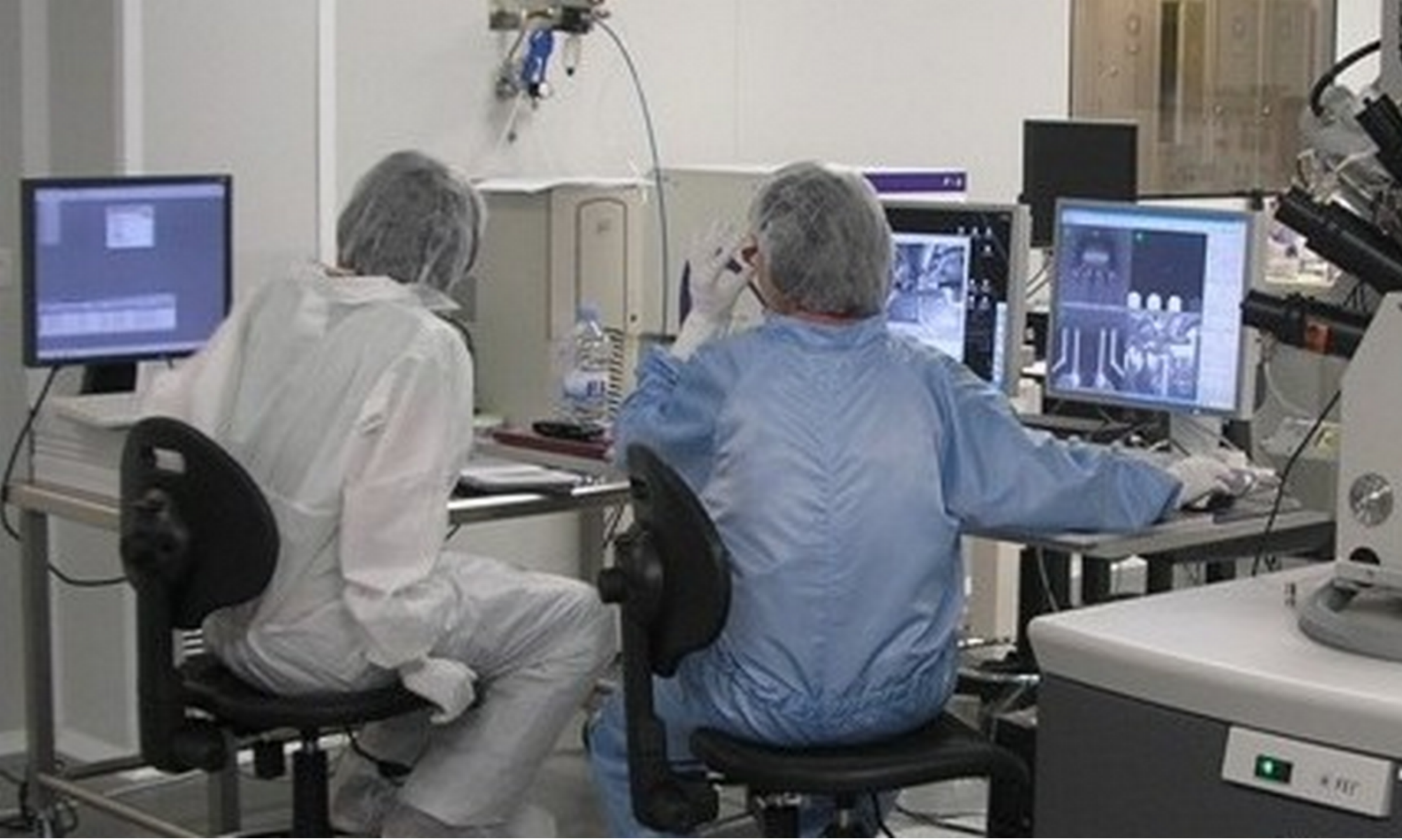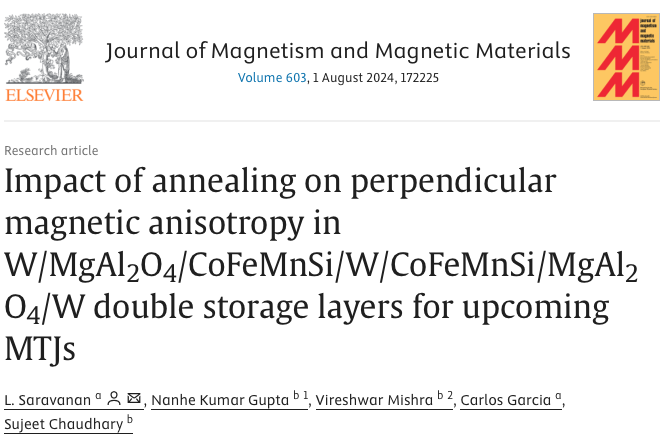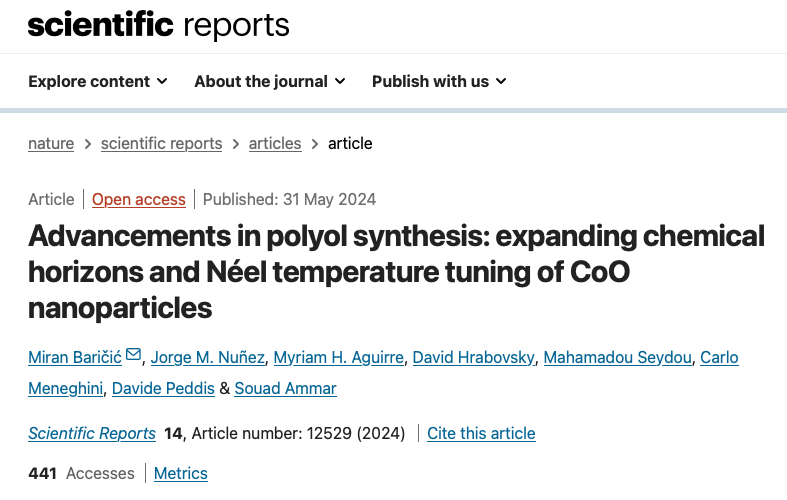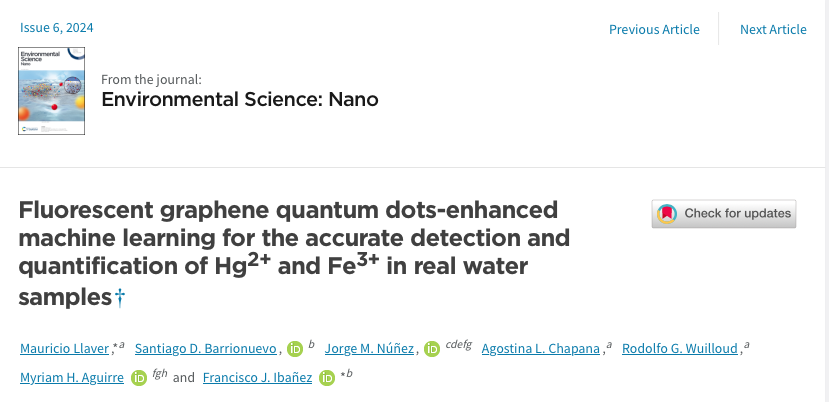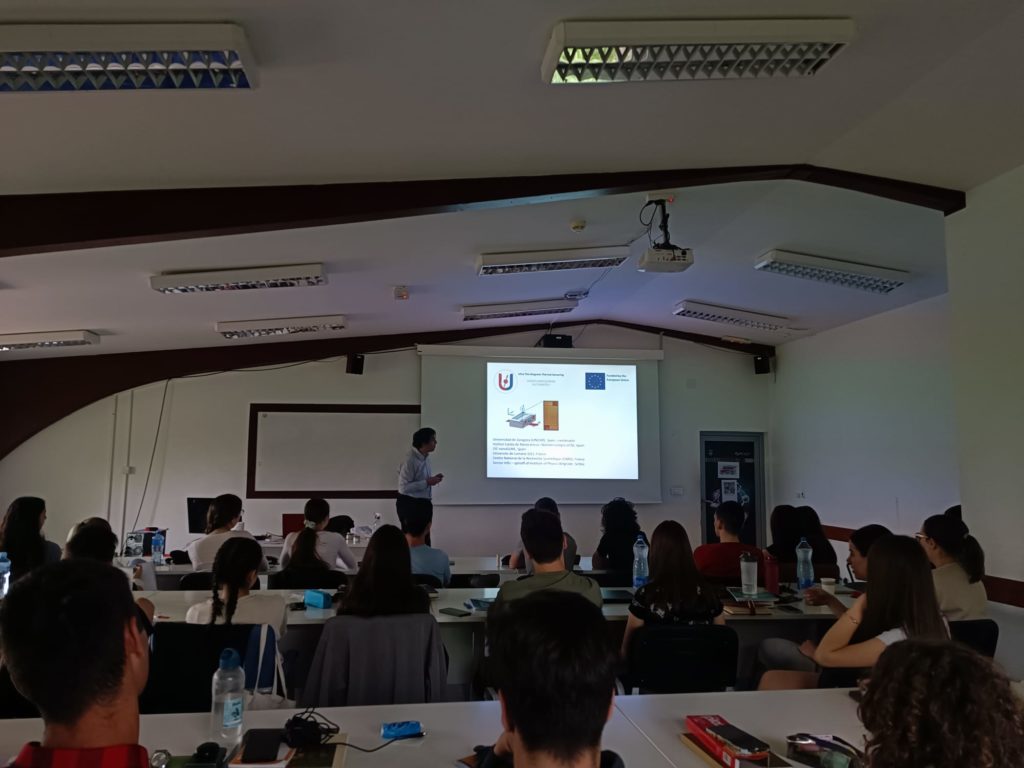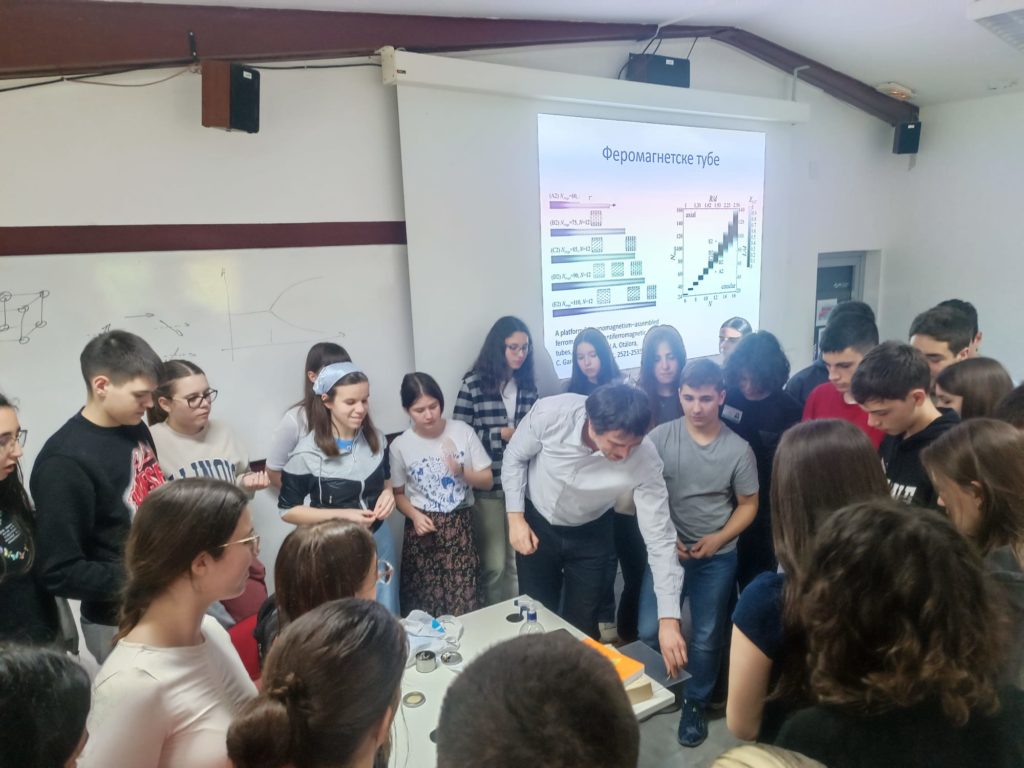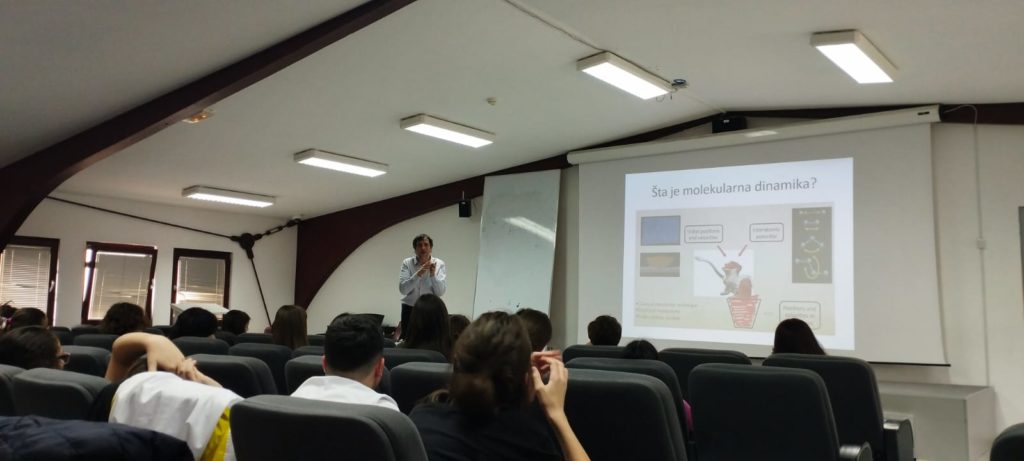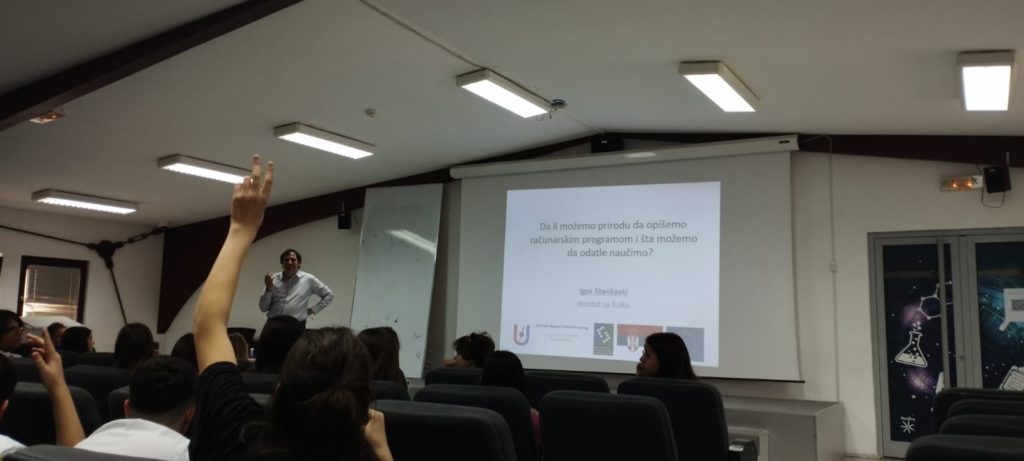International Conference on Magnetism 2024 (ICM2024), Bologna (Italy), from 30th June to 5th July 2024
Lara Solís (CNEA); poster presentation: “Thermal spin-current beneration in bi-substituted YIG films with perpendicular magnetic anisotropy”; authors: L. M. Solís, A. Anadón, M. Rengifo, J. Santiso, J. C. Rojas-Sánchez, S. Petit-Watelot, L. Steren, M. H. Aguirre.
Ana Mª Llois (CONICET); poster presentation: “Magnetic interactions in transition metal atoms arrangements deposited on a ferroelectric In2Se3 monolayer”; authors: Jhon F Ospina, María Andrea Barral, Ana María Llois, Solange M Di Napoli.
Solange Di Napoli (CONICET); poster presentation: “Magnetic transition and spin-polarized two-dimensional electron gas controlled by polarization switching in strained CaMnO3/BaTiO3 slabs”; authors: Solange M Di Napoli, Augusto Román, Ana María Llois, Myriam Aguirre, Laura B. Steren, María Andrea Barral.
Andrea Barral (CONICET; MELON project); poster presentation: “Magnetoelectronic coupling in Fe-Ga/PMN-PT thin films multiferroic composites”; authors: M. Tortarolo, D. Goijman, M.A. Barral, S. Di Napoli, A.A. Pérez Martínez, G. Ramírez, A. Sarmiento, J. Gómez, C.A.F. Vaz, J. Milano C. Piamonteze.
Myriam Aguirre (UNIZAR); poster presentation: “Structural magnetic and transport properties of product phase related to thermal treatment of natural pyrite”; authors: Sindy Rodríguez, Vanina G. Franco, Jorge M. Núñez, Miguel M. Rengifo, Carlos I. Zandalazini, Jorge L. Navarro, Myriam H. Aguirre.

